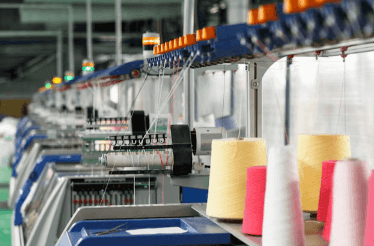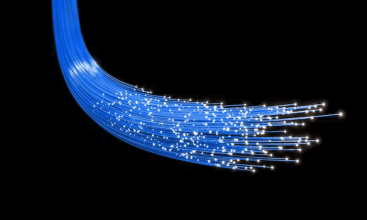Question
a.
Ribosome
b.
Restriction Endonuclease
c.
Reverse Transcriptase
d.
RNA Polymerase
Posted under Cytogenetics
Interact with the Community - Share Your Thoughts
Uncertain About the Answer? Seek Clarification Here.
Understand the Explanation? Include it Here.
Q. Which protein mentioned below can reverse central dogma?
Similar Questions
Explore Relevant Multiple Choice Questions (MCQs)
Q. The catalytic activity resides in which subunit of RNA polymerase?
View solution
Q. What is the direction in which the transcript produced by RNA polymerase grows?
View solution
Q. In an experiment you use RNA polymerase without its sigma factor for transcription. What will be the result that you observe?
View solution
Q. In an experiment you mutate the consensus sequence at the -10 box. You observe the rate of transcription reduces. Now you make complementary mutation to the sigma factor. What will you observe?
View solution
Q. You wanted to isolate active RNA polymerase (with a part of the transcript associated with it ) from cellular mix. For this, you perform an immunoprecipitation with anti sigma antibody. Then you check the precipitate. What will you observe?
View solution
Q. Which part of sigma factor associates with -10box?
View solution
Q. You want to find out which of the consequent gene X or Y is being transcribed. For this you do a hybridization competition analysis and plot the radioactivity curve with increasing concentration of the competitor unlabelled mRNA. If the transcribed gene was X, which observation fits your result?
View solution
Q. Which of these is the 1st event to take place during transcription initiation?
View solution
Q. The catalytic unit of RNA polymerases when placed properly during initiation is just over _________
View solution
Q. In an experiment you mutate the C terminal domain of alpha subunit of the RNA polymerase. What will you expect to see?
View solution
Q. Mutations as far as 100 base pairs upstream to +1 site will also affect the transcription rate.
View solution
Q. In an experiment you add increasing amount of sigma factor to a mixture of DNA fragment and core polymerase in vitro. You also add [¹⁴C]ATP and [γ⁻³²P]ATP in the mixture and check the rate of incorporation. Results show that the incorporation of both of this labels increase on adding more sigma factor. What will you conclude from your observation?
View solution
Q. In an experiment, you wanted to see which mutation will have worse effect on transcription. In the 1st set you deleted 94 amino acids from the C-terminus and in the 2nd set you replace the 265th C-terminal arginine to cystine. Which in your opinion will have the worst effect?
View solution
Q. Which cation is placed in the catalytic subunit of RNA polymerase?
View solution
Q. While studying the transcripts in vitro you observe that other than the longer transcripts there are some short stretches of RNA oligomer produced as well. You repeat the experiment several times but these oligomers seem to persist. What is the possible explanation?
View solution
Q. Capping of RNA is necessary as_______
View solution
Q. What is the 1st nucleotide of a completely synthesized transcript?
View solution
Q. Processivity of RNA polymerase is ________
View solution
Q. Which antibiotic inhibits transcription elongation?
View solution
Q. You design a reconstructive RNA polymerase where you take the beta and alpha subunit from a rifampicin resistant strain and beta prime and sigma subunit from rifampicin sensitive strain. You check the rate of transcription by this RNA polymerase after the addition of the antibiotic. What will be your observation?
View solution
Recommended Subjects
Are you eager to expand your knowledge beyond Cytogenetics? We've handpicked a range of related categories that you might find intriguing.
Click on the categories below to discover a wealth of MCQs and enrich your understanding of various subjects. Happy exploring!








